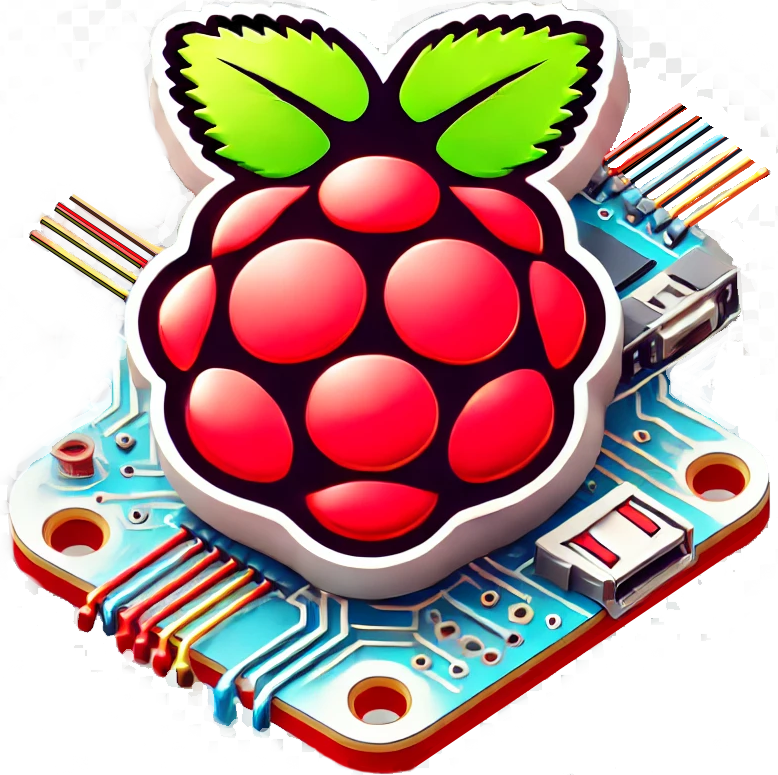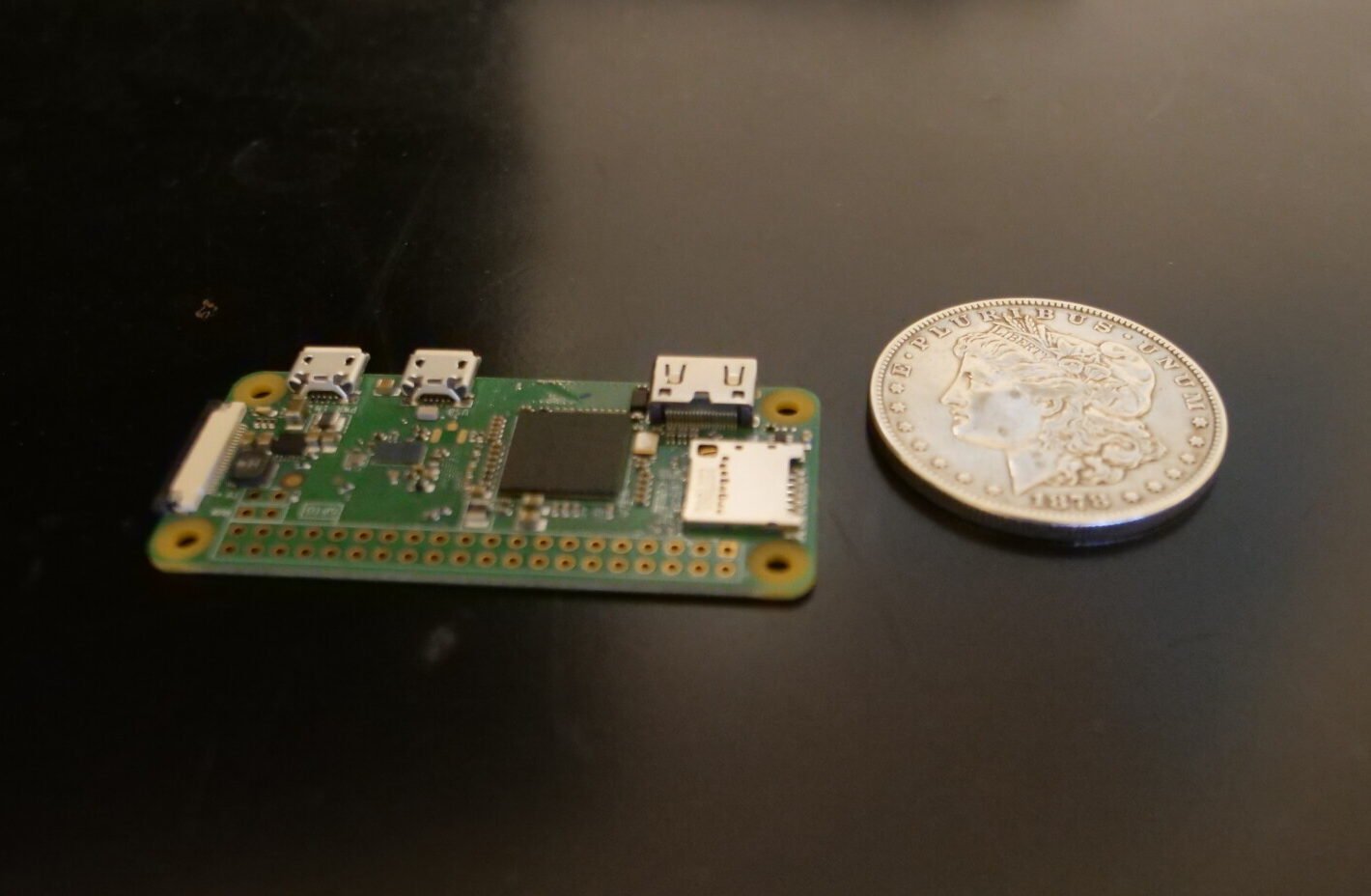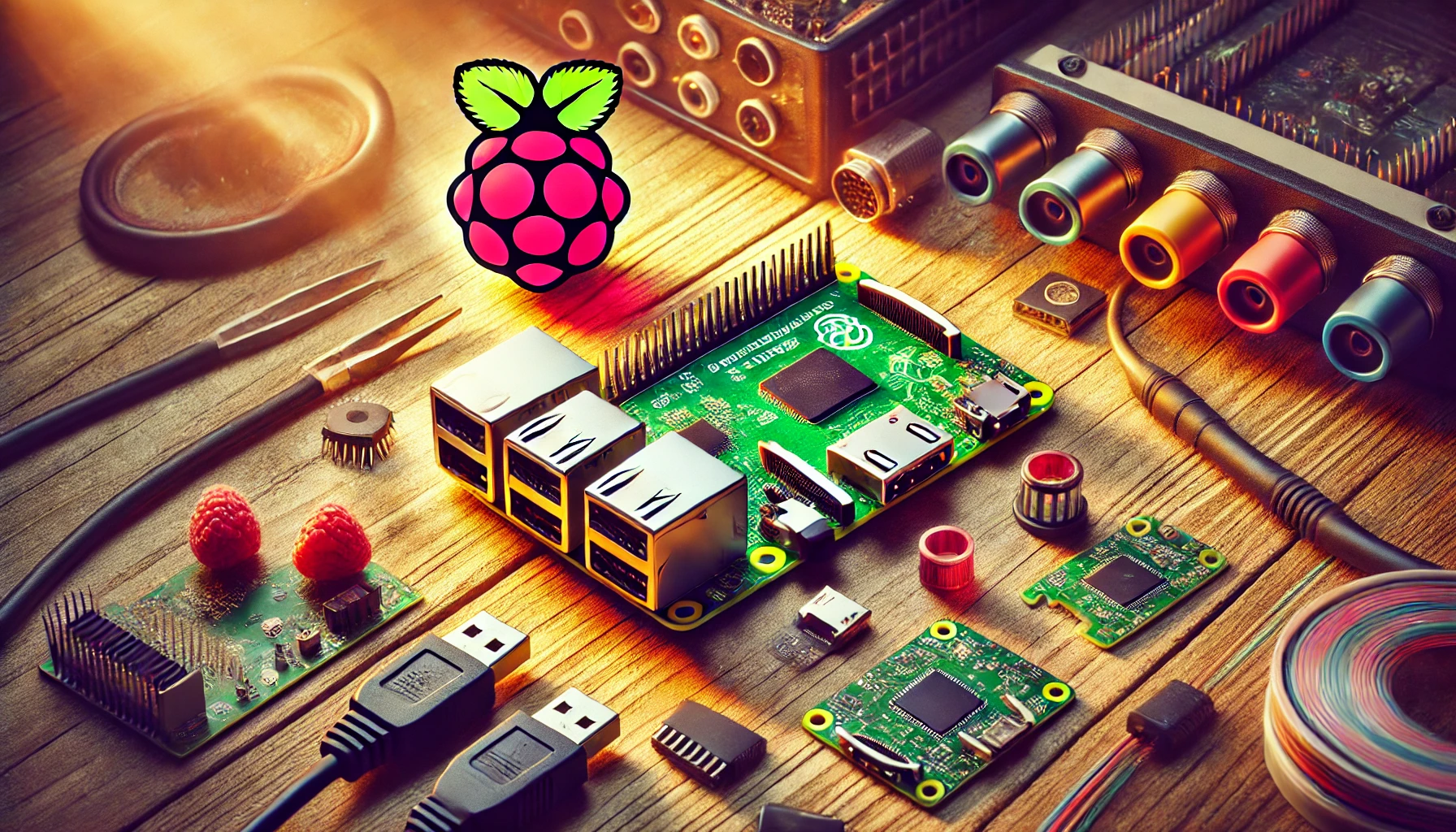The cheapest Raspberry Pi with wireless is the Zero W. It is the most affordable, wireless-enabled model. At $15 to $20, this small single-board computer is a great option for budget-minded makers and hobbyists. It has Wi-Fi and Bluetooth. Its low cost is appealing. But, users must consider if its specs—a 1GHz single-core CPU and 512MB of RAM—meet their project needs. For those wanting more power at a low cost, the Raspberry Pi Zero 2 W is an intriguing option worth exploring.
Key Takeaways
Raspberry Pi Zero W Overview
Raspberry Pi Zero W is the cheapest Raspberry Pi. It is a single-board computer with built-in wireless. This compact device combines the original Zero’s form with built-in Wi-Fi and Bluetooth. It is ideal for low-cost projects needing wireless communication. Its low price and versatility make it perfect for turning a basic setup into a budget-friendly smart media center.
The Zero W has a 1GHz single-core CPU and 512MB of RAM. It has enough power for various embedded applications. Its small size and low power use suit it for space-constrained projects and portable gadgets. The board keeps the GPIO connectivity of its predecessors. This allows for flexible I/O configurations.
- Raspberry Pi Zero W is a compact single-board computer with built-in wireless connectivity
Despite its tiny footprint, the Zero W doesn’t skimp on essential connectivity options. It includes a mini HDMI port for video output and a micro USB for power and data transfer. The empty 40-pin GPIO header allows for hardware expansion and integration. For example, makers can attach sensors, displays, or actuators with little effort. They can then create custom IoT devices or home automation systems.
The Zero W is cheap, wireless, and compact. It’s great for developing new projects. Hobbyists have used it to create smart doorbells, game consoles, and wearable tech. Its low power use makes it good for battery-powered apps. These include environmental monitoring stations and wildlife cameras.
In the realm of IoT, the Zero W shines as a cost-effective solution for connecting devices to the internet. Its built-in Wi-Fi allows easy integration with cloud services. Bluetooth enables communication with nearby sensors or smartphones. It is ideal for projects from smart home controllers to industrial monitors.
Wireless Raspberry Pi Models Comparison
Wireless Raspberry Pi models are small, flexible computers. They have built-in Wi-Fi and Bluetooth. The Raspberry Pi Zero W is the most affordable option, featuring 2.4GHz Wi-Fi and Bluetooth 4.1. It has a single-core processor and 512MB of RAM. That’s enough for simple projects, like IoT devices. This tiny board works well as a mini web server, running small websites or apps.
The Raspberry Pi Zero 2 W is faster. It has about five times the performance of the original Zero W. It’s the same size but has more power. It’s great for tasks like streaming video or handling complex data in tight spaces.
For those who like easy setups, the Raspberry Pi Zero WH comes with pre-attached pins. You can quickly connect sensors, screens, and other gadgets. This makes it great for experiments and learning projects.
These tiny boards are perfect for projects where space is limited. Their small size and low power use make them ideal for smart home systems, IoT setups, and sensor networks. For example, you could use a Zero W inside a smart thermostat to help control your home’s temperature.
The wireless Raspberry Pi series has options for all kinds of projects. The basic Zero W and the more powerful Zero 2 W are good for DIY wildlife cameras and portable gaming consoles. They show how versatile these boards are.
Budget-Friendly Wireless Pi Options
Budget-friendly wireless Pi options are essential for cost-conscious makers seeking affordable connectivity solutions. The Raspberry Pi Zero W stands out as the most economical wireless-enabled Pi device. This officially sanctioned board incorporates built-in 802.11 b/g/n Wi-Fi and Bluetooth 4.1, making it ideal for Internet of Things (IoT) projects. It’s undergone rigorous compliance testing, ensuring reliable performance at a low price point. The Zero W’s compact form factor and energy efficiency make it perfect for home automation systems, seamlessly integrating with various smart devices and sensors.
For those needing more processing power without sacrificing wireless capabilities, the Raspberry Pi Zero 2 W offers a compelling alternative. Launched in 2021, this model boasts a fivefold performance increase over its predecessor while maintaining a similar size and cost. Both the Zero W and Zero 2 W support USB connectivity and are compatible with the Pi camera module, enhancing their versatility.
The Raspberry Pi Zero WH adds convenience with its pre-soldered 40-pin GPIO header, simplifying connections for many projects. These economical wireless Pi variants cater to diverse needs, from basic IoT sensors to more demanding applications. By providing affordable wireless connectivity, these models enable makers to explore a wide range of projects without overspending, while still benefiting from the robust Pi ecosystem and community support.
These budget-conscious options have sparked innovation in various fields. For instance, makers have used the Zero W to create low-cost environmental monitoring stations, tracking air quality and temperature in urban areas. The Zero 2 W’s increased power has enabled more complex projects, such as DIY security cameras with on-device image processing. The pre-soldered header on the Zero WH has facilitated rapid prototyping for wearable technology, allowing hobbyists to quickly connect sensors and displays.
The Pi Foundation’s commitment to affordability hasn’t compromised functionality. These wireless-enabled boards support a wide range of operating systems, including Raspbian, the official Pi OS, and lightweight alternatives like DietPi for resource-constrained projects. They’re compatible with popular programming languages such as Python, C++, and Java, enabling developers to leverage existing skills and libraries.
Makers have praised these budget-friendly options for their reliability and community support. Online forums and documentation provide extensive troubleshooting guides and project ideas, fostering a collaborative environment for both beginners and experienced users. This ecosystem has contributed to the widespread adoption of these affordable wireless Pi options in educational settings, startups, and hobbyist communities worldwide.
Performance Vs. Cost Analysis
Performance vs. Cost Analysis in Raspberry Pi models is crucial for selecting the optimal device for wireless projects. Raspberry Pi Zero W, an affordable option with integrated wireless capabilities, boasts a 1GHz single-core processor and 512MB RAM. It’s ideal for simple home automation tasks like smart light or thermostat control. The device strikes a balance between cost-efficiency and basic wireless functionality.
Raspberry Pi Zero 2 W elevates performance with its quad-core ARM Cortex-A53 CPU while maintaining a competitive price. This model suits projects demanding increased processing power without sacrificing wireless connectivity or budget constraints.
High-end Raspberry Pi 3 Model B+ and Raspberry Pi 4 Model B offer superior performance and advanced wireless features at a higher cost. These models excel in demanding applications requiring robust processing power and enhanced connectivity options.
When choosing a Raspberry Pi for wireless projects, consider USB on-the-go support, HDMI output, and overall system requirements. Evaluate your project’s specific needs and budget constraints to find the optimal balance between performance and cost.
A basic smart home hub controlling lights and temperature sensors could run efficiently on a Raspberry Pi Zero W. In contrast, a more complex project like a wireless security camera system with real-time video processing would benefit from the enhanced capabilities of a Raspberry Pi 4 Model B.
The selection process should account for future scalability, power consumption, and compatibility with existing hardware. By carefully weighing these factors, you’ll ensure your chosen Raspberry Pi model aligns perfectly with your wireless project’s requirements and budget.
Best Value Wireless Pi Picks
Wireless Pi picks offer exceptional value for various projects, combining performance and affordability. Raspberry Pi Zero W emerges as the most budget-friendly choice, featuring built-in WiFi and Bluetooth. Its diminutive size and minimal power requirements make it perfect for Internet of Things (IoT) and home automation tasks.
These compact Pis excel in smart home applications, enabling DIY enthusiasts to craft bespoke voice-activated gadgets or streamline household chores.
For those craving more muscle, the Raspberry Pi Zero 2 W delivers a fivefold boost in processing power compared to its predecessor. This upgrade significantly broadens the scope of potential projects while maintaining a similar price tag.
The Raspberry Pi Zero WH, boasting pre-soldered GPIO headers, simplifies the lives of makers working with expansion boards. It accelerates prototyping and eliminates the need for additional soldering work.
When evaluating the best value wireless Pi options, consider these models:
- Raspberry Pi Zero W: Most economical, suited for basic wireless endeavors
- Raspberry Pi Zero 2 W: Enhanced performance, tackles more demanding tasks
- Raspberry Pi Zero WH: Pre-soldered headers, streamlines rapid prototyping
- Original Raspberry Pi models: Higher specs, full-size HDMI® port, but larger footprint
Each Pi variant brings unique advantages to the table, allowing makers to pick the most appropriate option based on project needs and financial constraints.
To illustrate, a Raspberry Pi Zero W could power a simple temperature monitoring system, while a Zero 2 W might run a more complex home security camera with motion detection. The Zero WH shines in scenarios where quick sensor integration is crucial, such as in weather stations or plant monitoring systems.
Original Raspberry Pi models, like the Pi 4, can handle more resource-intensive tasks like running a media center or a retro gaming emulator. However, they consume more power and take up more space, making them less suitable for compact, battery-powered projects.
Frequently Asked Questions
Which Raspberry Pi Has Wireless?
Several Raspberry Pi models feature wireless connectivity. The Raspberry Pi Zero W, Zero WH, Zero 2 W, Pi 3, Pi 4, Pi 400, and Pi 5 all include built-in Wi-Fi and Bluetooth capabilities. These models offer varying levels of performance and form factors.
What Is the Smallest Raspberry Pi With Wifi and Bluetooth?
The smallest Raspberry Pi with WiFi and Bluetooth is the Raspberry Pi Zero W. This ultra-compact board measures 65mm x 30mm x 5mm, featuring built-in 802.11 b/g/n wireless LAN and Bluetooth 4.1, making it ideal for space-constrained projects.
What Is the Best Budget Raspberry Pi?
The Raspberry Pi Zero W offers the best value for budget-conscious users. At approximately $10, it provides wireless connectivity, a 1GHz processor, and 512MB RAM. For slightly higher performance, consider the Raspberry Pi Zero 2 W at $15.
Which Raspberry Pi Has the Smallest Wifi?
The Raspberry Pi Zero W offers the smallest form factor with built-in WiFi among Raspberry Pi models. Measuring just 65mm x 30mm x 5mm, it features 802.11 b/g/n wireless LAN and Bluetooth 4.1 in a compact, energy-efficient package.
Summing Up
The Raspberry Pi Zero W stands as the most cost-effective Raspberry Pi model with integrated wireless capabilities. While the Raspberry Pi Zero 2 W offers enhanced performance, the original Zero W remains the budget champion for basic wireless applications. Both models excel in IoT and compact projects where size and affordability are vital. For users prioritizing wireless connectivity on a tight budget, the Raspberry Pi Zero W emerges as the ideal choice, balancing functionality and cost-effectiveness.






